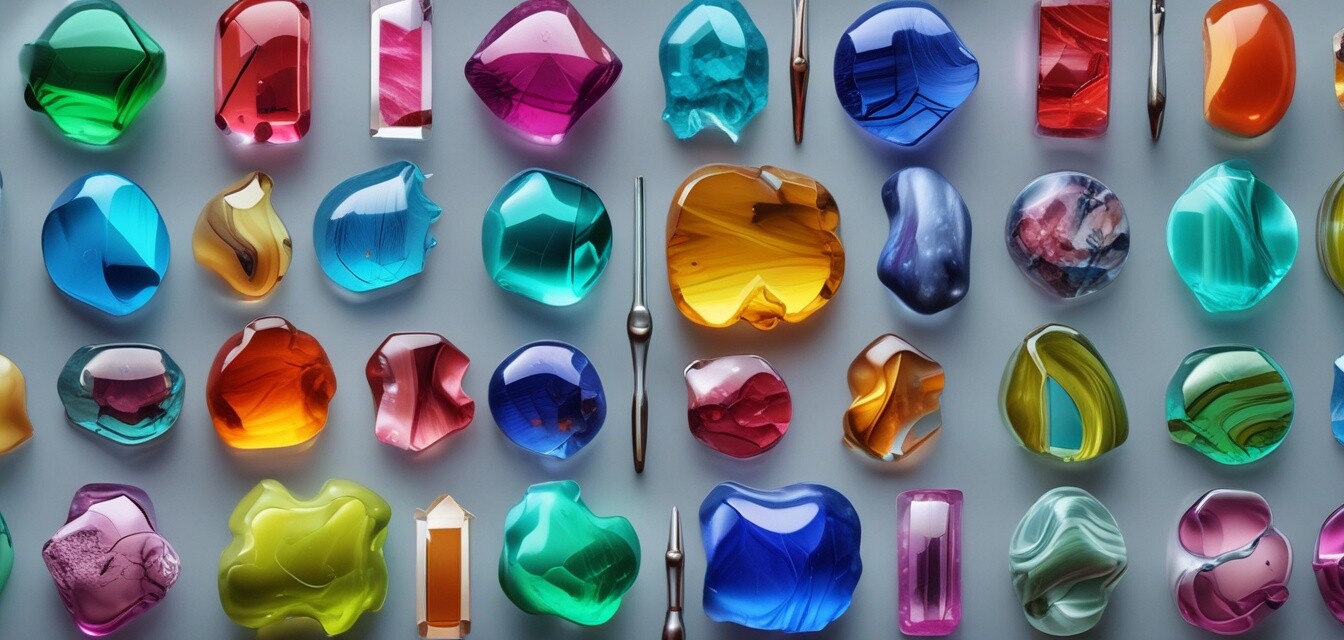
Understanding firing cycles: A glass artist’s guide
Key takeaways
- Firing cycles are essential in glass making, influencing the final product's appearance and durability.
- There are different types of firing cycles: full fuse, tack fuse, and slump.
- Choosing the right firing cycle depends on the specific goals of your project.
- Each firing cycle has its unique temperature ranges and time durations.
- Understanding the various elements of firing cycles will enhance your glassworking skills and outcomes.
As a glass artist, understanding firing cycles is crucial for achieving the desired results in your glass works. This guide will explore the different firing cycles used in glass making, highlighting how each cycle affects your projects.
What are firing cycles?
Firing cycles are specific sequences of heating and cooling that glass objects undergo in a kiln. These cycles play a vital role in shaping and transforming glass into beautiful art pieces. By mastering firing cycles, you can create stunning glass art tailored to your vision.
The main types of firing cycles
In glass making, there are primarily three types of firing cycles: full fuse, tack fuse, and slump. Each firing cycle serves a different purpose and requires unique settings.
| Firing Cycle | Description | Temperature Range (°F) | Duration |
|---|---|---|---|
| Full Fuse | Melts glass completely to create a solid piece. | 1400 - 1500 | 10 - 15 hours |
| Tack Fuse | Softens glass enough to bond pieces together while keeping their individual shapes. | 1250 - 1350 | 6 - 8 hours |
| Slump | Shapes glass by letting it slump into a mold. | 1200 - 1300 | 8 - 10 hours |
1. Full Fuse
The full fuse firing cycle completely melts the glass, allowing for a seamless, solid piece. Ideal for projects like dishes or glass tabletops, this cycle ensures that all glass ingredients blend perfectly.
2. Tack Fuse
If you're looking to create layers or retain distinct shapes, the tack fuse cycle is your go-to. It softens the glass enough to bond without losing the integrity of the individual pieces, perfect for intricate designs.
3. Slump
Slumping involves heating the glass until it becomes pliable and can take the shape of a mold. This cycle is excellent for creating functional items like bowls or plates in unique forms.
Choosing the right firing cycle for your project
When selecting a firing cycle, consider the objectives of your artwork and the characteristics you aim to achieve. Here are some tips to help you make the best choice:
Tips for choosing your firing cycle
- Define your project goal: What is the end-use of your glass piece?
- Consider the glass type: Different glass varieties may react differently in various firing cycles.
- Experiment with small test projects to find the perfect combination.
- Utilize reliable kiln programming to maintain consistent results.
Understanding temperature control
A crucial aspect of firing cycles is temperature control. Your kiln’s temperature accuracy determines your glass positioning within the respective firing cycle. Poor temperature regulation can lead to defects in your work. It’s essential to invest in good-quality kilns. Explore options available in our Glass Kilns category.
Cooling cycles and annealing
Cooling is just as important as heating. Once your glass reaches the desired temperature, it must cool down gradually. This process, known as annealing, prevents thermal stress and ensures the durability of your glass piece. All kilns feature cooling programs; check out our options for kiln accessories tailored for effective cooling.
Pros
- Mastering firing cycles enhances your creative range.
- Better understanding of cycles leads to fewer defects.
- Allows for experimentation and growth in glass art skills.
- Knowledge of proper cycles ensures consistency in final products.
Cons
- Complex cycles can be intimidating for beginners.
- Improper execution may lead to wasted materials.
- Requires investment in high-quality equipment for optimal results.
Conclusion
Understanding firing cycles is key to unlocking your full potential as a glass artist. By getting familiar with the different types and choosing the right one for your projects, you're on your way to creating stunning glass art that showcases your skills and creativity. Explore more about fusing and slumping supplies to enhance your projects!

